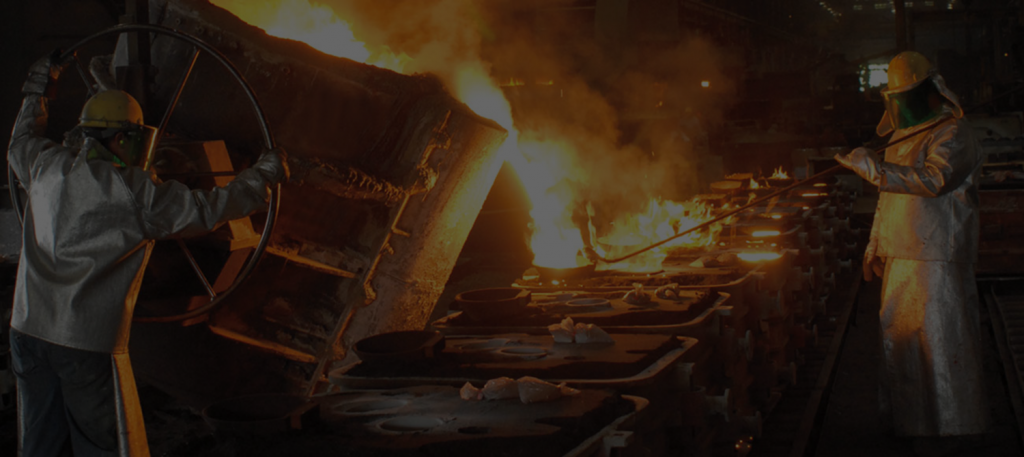Exploring the Basics of Bronze Casting Process
When it comes to bronze casting, then there are several areas in the casting process where confusion might strike. Here is a brief discussion on the basics of the process to clear up at least some of the common confusions faced often to find out the best solution. This will be helpful to any user from an individual to the Bronze casting manufacturers at large.
Three Most Common Forms of Casting Processes
Let’s start with the three most familiar casting processes widely in use. Each of the procedures has a unique advantage and disadvantage. They are as follows,
Sand Casting Process
This is the oldest among all the standard casting procedures. It involves the creation of the pattern for getting the desired shape. After the pattern is made, it is placed in a box, and then the box is loaded with sand. A binding agent is added to the sand so that it is hardened quickly and effectively. Soon after the mould is created, the pattern is taken out, and molten bronze is put in the hollow portions to have the desired shape. As the metal gets cooled, then the sand mould is removed, and the sand casting is secured. One can include a few other procedures for finishing purpose, or the cast can be sold individually.
Advantages: It is the only process with which one can have unique shapes.
Disadvantages: There can be impurities in the casting, and that’s the reason the process calls for several steps till finishing and more time for solidification.

Centrifugal Casting Process
This is the process typically used for casting cylindrical shapes as it involves a mould cylindrical in shape. The three moulds are required to be spun about its axis at a predetermined speed. The thickness of the casting wall mainly depends on the amount of material poured in the mould. The diameter of the inner part is always round based on the nature of the process. The impurities in the metal mostly have a lower density than that of the metal’s density. Thus, the impurities get collected in the inner diameter of the casting and can be removed during the casting process. Hence, the result in this process always tends to have fewer impurities.
Advantages: Fewer amounts of impurities in the end product. Lower Cost due to the benefit of using the same moulds for various sizes.
Disadvantages: Limitations in terms of shape and length of casting.
Continuous Casting Process
This is the process used for casting the material at length, implementing an element of continuity. The molten bronze takes its profile as it is cast through a mould. It doesn’t determine the extent of the casting but with a cut off saw. In this process, the gravitational force is utilized to move the metal alongside.
Advantages: The process yields superb results. Less material is lost in comparison to the processes having higher rate of productivity.
Disadvantages: The size of the lot should be large enough to accomplish tangible savings.
Whatever be the nature of the requirement or the entity in question, less resources are available to address the queries about the processes. This short gist on the three essential methods will surely help in preventing the confusions while looking for the most competitive and effective solution. The best way would be consulting an experienced service provider like Nap Engineering Works, and you will have the recommendation on the best method for all including Bronze Casting Manufacturers, Aluminium Bronze Casting Manufacturers, and requirements like, Phosphor Bronze Casting.

